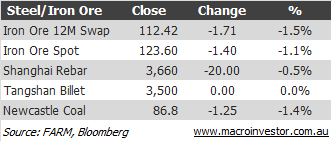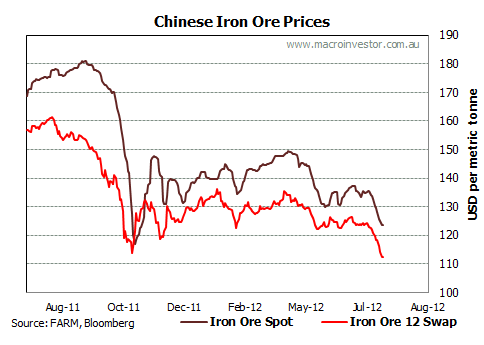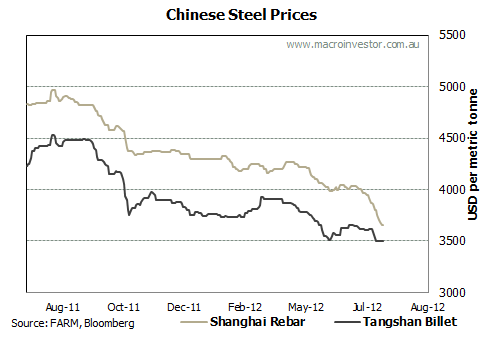
Why is the AFR backtracking on the Deloitte report it rightly cast as the end of the mining boom yesterday?
Talk that Australia’s mining boom will end in the next few years misreads the Deloitte Access Economics report on the front page of this newspaper yesterday. Rather than ending, the boom is reaching the peak of its second stage.
The AFR goes on to explain that that first stage was the iron ore and coal price surges that increased national income. The second stage was the mine developments arising from those prices.
But wait, there’s more! A third stage:
…the boom’s third stage will be based on generating export growth from the massive investment stimulated by the original surge in commodity prices.
But wait, there’s more! A fourth stage:
Finally, while Australia is benefiting from a likely structural break in economic circumstances, Canberra’s minority politics are incapable of delivering the required policy changes. This suggests we are undermining the next wave of resource development, the fourth stage, that the Asian Century promises.
Two booms for the prices of one! BOGOF booms! Crazily priced booms! The AFR has gone MAD booms! Half price booms! Ab King Pro booms! Steak knives and a free Marius Kloppers grill!
My take on the Deloitte report is that it is conservative in precisely the opposite way. Deloitte is forecasting a peak in commodity investment growth in two years. They can see it coming but don’t quite have the cojones to call it. The peak looks closer than that.
What’s my evidence? Well, first is the still pressured iron ore price. Last night’s price movements were down again:



A test of the mooted $120 floor price looks in the offing. We’ll bounce soon enough, but who knows where the price will settle? It isn’t supposed to be here so quickly. Same with thermal coal, which just keeps on giving to the downside (actually the above table is behind the times, the price is $81).
Thermal coal is already at a price that is uneconomic for many mines and if iron ore were to settle in the $110 region, which is my call, then the margins for many an iron ore hopeful are looking suddenly thin too. If this keeps up for a few months then the next phase of the boom for Australia is pulled capex.
Second is another AFR story which tells the tale better than I can. BHP appears to be softening us up for the pulling of the Olympic Dam mine development:
BHP Billiton is reviewing the number of contractors and staff across its mining mega-projects for potential cuts, the latest sign that it is unlikely to approve the expansion of its Olympic Dam copper-uranium mine in South Australia this year.
The engineering, procurement and construction management contractor for Olympic Dam, Jacobs Engineering, laid off several workers last week after its contract expired.
…BHP now lists only four permanent roles at Olympic Dam on its jobs website. They are all meant to support the existing underground mine rather than the open-cut expansion.
Make no mistake, Olympic Dam is a world class deposit. It is the fourth largest copper deposit in the world and the largest uranium deposit. Sure, it’s development is more complex than simply the size of the deposit but these two commodities are supposed to be part of the next wave of Chinese development, away from the industrial building block commodities of steel and towards copper-centric consumer goods, as well as low-carbon energy usage. Copper and uranium are very much a part of stage four of the Asian century.
That it won’t (if) be developed is a sure sign that something has gone wrong. Where is the boom if BHP shareholders can get a better return on their equity by getting cash back and sticking it in some bond somewhere for a three percent return?
It won’t be easy for the big pipeline of LNG projects to come under pressure and that, thankfully, will keep investment high even as wider capex plans erode. But remember, to contribute to growth, mining investment must grow each year from the last, a plateau is not good enough.
Let’s not kid ourselves. The government should be planning for a post-boom economy, not an endless boom one.

